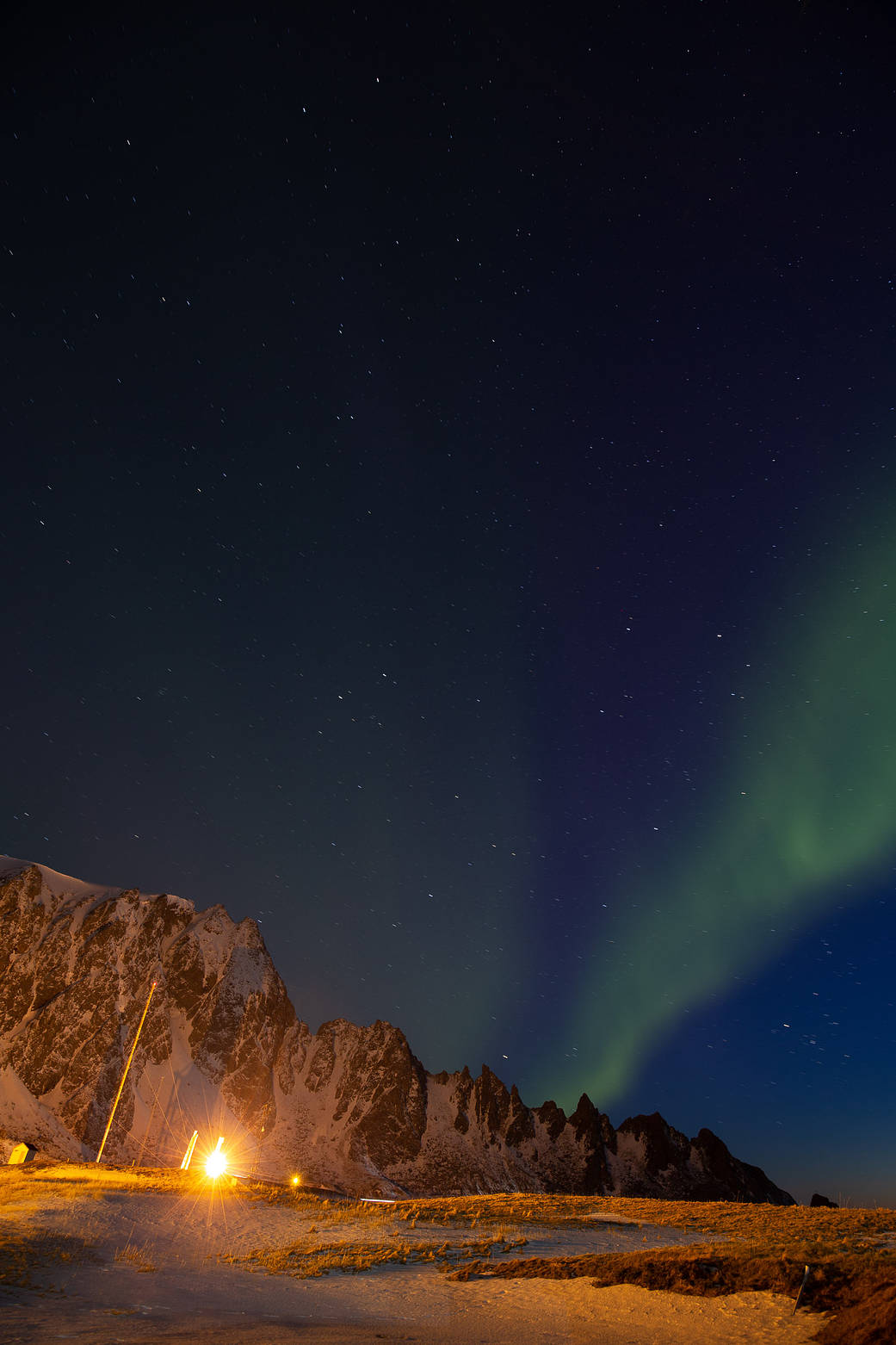NASA successfully launched AZURE, the Auroral Zone Upwelling Rocket Experiment, mission on April 5, 2019, from the Andøya Space Center in Norway.
Two Black Brant XI-A sounding rockets were launched at 6:14 and 6:16 p.m. EDT, carrying scientific instruments for studying the energy exchange within an aurora.
The AZURE mission is designed to measure the atmospheric density and temperature with instruments on the rockets and by deploying visible gas tracers. The tracers, which were released over the Norwegian Sea at 71 through 150 miles altitude, use substances similar to those found in fireworks to create colorful clouds that allow researchers to track the flow of neutral and charged particles with the auroral wind. By tracking the movement of these colorful clouds via ground-based photography and triangulating their moment-by-moment position in three dimensions, AZURE will provide valuable data on the vertical and horizontal flow of particles in two key regions of the ionosphere over a range of different altitudes.
Image Credit: NASA/Lee Wingfield
























